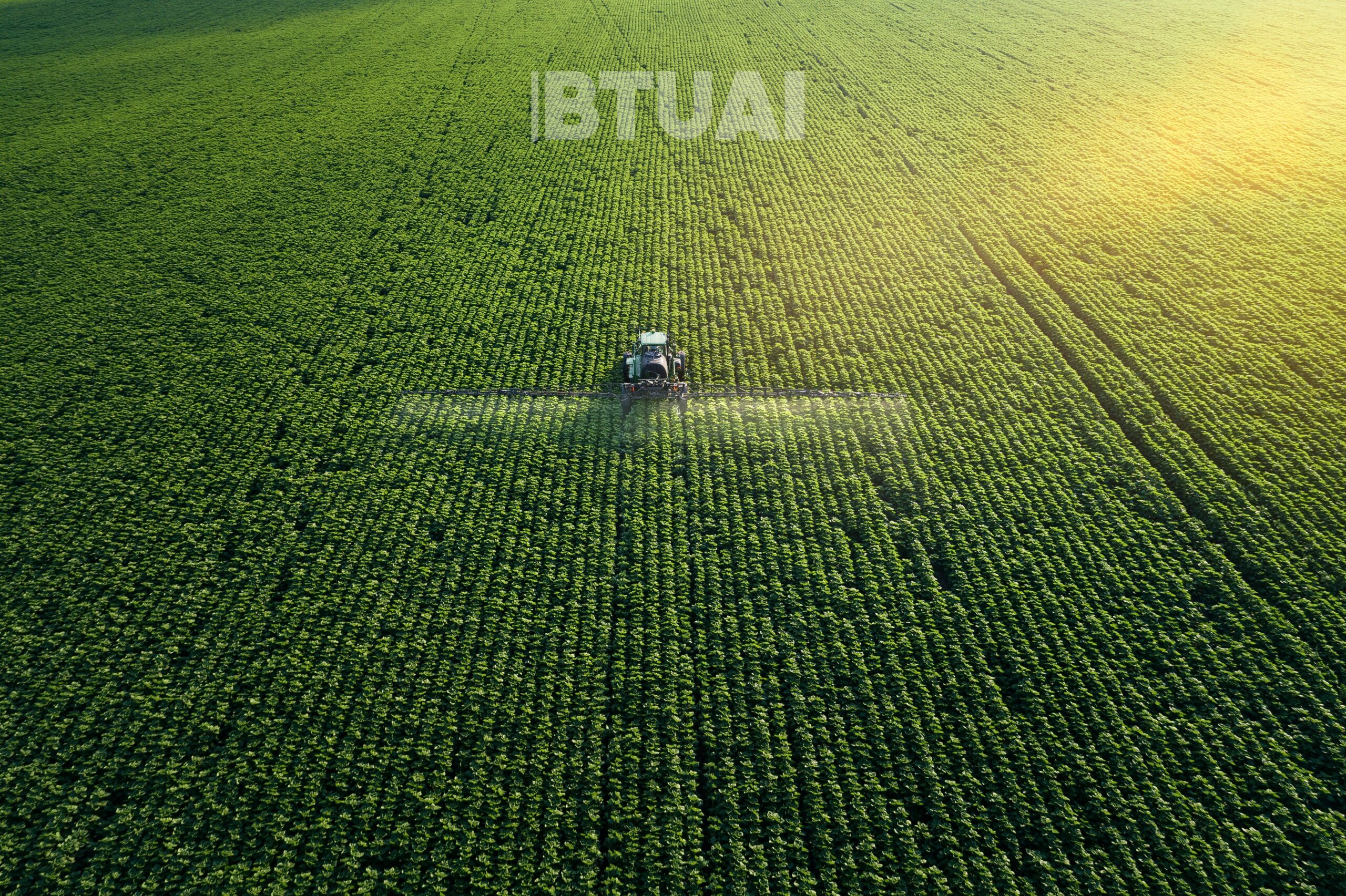The Dominance of Agricultural Imports and the Potential for Local Production in Georgia
The state of Georgia’s agricultural sector highlights both the country’s opportunities and challenges related to low local production volumes

The state of Georgia’s agricultural sector highlights both the country’s opportunities and challenges related to low local production volumes and high import rates. From January to July 2024, according to Geostat, the export of locally produced vegetables amounted to $5.766 million, while imports reached $43.817 million. This figure indicates that vegetable imports exceed exports by a factor of 7.5, representing a significant challenge for the development of the country’s agricultural sector.
According to Geostat, tomatoes are the most exported and also the most imported type of vegetable from Georgia. Tomato exports amounted to $1.061 million, while imports totaled $12.120 million. Imports also significantly exceed exports for other vegetables, such as onions, cucumbers, and potatoes.
The top five vegetables exported from January to July 2024 were tomatoes, potatoes, cabbage, onions, and lettuce. During the same period, the most imported vegetables were tomatoes, onions, cucumbers, legumes, and potatoes. These data indicate that local production cannot meet domestic demand, leading to high import volumes and deepening dependence on imports.
The imbalance between imports and exports shows that the potential for local production is still underutilized. It is particularly noteworthy that tomatoes, which were the top export product, were also among the most imported products during the same period. This indicates that improving the efficiency of local production and substituting imports is critically important for Georgia. Additionally, the significant import of potatoes and onions suggests that the country needs to better utilize its agricultural potential and increase the production of products that meet basic demand.
Globally, the agricultural sector is developing through the introduction of modern agrotechnologies and sustainable development systems. In developed countries such as the Netherlands and Israel, advanced technologies like vertical farming and greenhouse automation have been actively introduced in agricultural production. The implementation of these technologies has contributed to reducing dependence on imports and increasing local production.
For instance, the Netherlands is one of the largest agricultural product exporters despite its small territory. Their success is based on the widespread use of modern technologies, such as hydroponics and vertical farming, which allow the country to produce large quantities of high-quality products. Israel also uses advanced agrotechnologies and, through innovations in irrigation systems, has been able to conserve water effectively and increase production even under desert conditions.
In EU countries, there is a significant emphasis on organic farming and the production of organic products. This approach not only promotes sustainable agricultural development but also boosts exports, as demand for organic products continues to grow. For example, 10% of agricultural production in Germany is organic, which significantly supports both domestic demand and exports. This shows that producers are increasingly considering consumer demands and ecological sustainability, ultimately ensuring the maintenance of high-quality products.
Among global trends, it is also worth noting the efficient use of land and increased productivity, which help strengthen local production in many developed countries. In countries like Denmark and France, efforts to improve land use are actively pursued, increasing production volumes and reducing dependence on imports. This is one reason why these countries have successfully maximized agricultural land use and improved the quality of agricultural production. For example, in France, technological approaches are actively used to improve soil quality and sustainably produce agricultural products.
In Georgia, half of the agricultural land remains uncultivated, which significantly harms the country’s agricultural production. If these lands were fully utilized and included in the production process, Georgia could significantly reduce its import levels and strengthen local production. Moreover, much of the land is only minimally utilized, demonstrating that the issue of effective land management remains a serious challenge.
The underutilization of land represents a major challenge for Georgia, resulting in significant economic losses. Without improved management and the use of technologies, the potential of the land cannot be fully realized, reducing production volumes and increasing dependence on imports. Investments are needed to encourage farmers and help them effectively utilize land. Only through such an approach can the strength of the agricultural sector be increased and local production developed.
There is potential to replace imports with local products in Georgia, but a lack of investment from both the public and private sectors hinders the use of these resources. According to 2024 data, Georgia purchased more vegetables than it sold, indicating that local production does not meet domestic demand.
To address these issues, cooperation between the public and private sectors is needed. The government must provide financial incentives to help farmers adopt technologies and better utilize land. The private sector can serve as a primary source of investments to promote agricultural development and increased production. In addition, informational campaigns are needed to educate farmers on how to effectively use modern technologies and management practices.
For the development of Georgia’s agricultural sector, several important steps are needed:
- Efficient Land Utilization: Half of the agricultural land remains uncultivated, representing significant potential. Collaboration with landowners and attracting investments are needed to develop and use this land. Improving land management could involve implementing modern technologies and adopting deeper approaches that enable farmers to increase the quality and volume of production.
- Implementation of Sustainable Technologies: The introduction of modern agrotechnologies, such as vertical farming and greenhouses, would make it possible to use land more efficiently and increase production volumes. These technologies will allow Georgia to produce more local products and reduce dependence on imports. Vertical farming and hydroponics, for instance, enable the growth of large volumes of produce on small plots, contributing to meeting domestic demand.
- Government Support and Investment: Greater government support for collaboration with the private sector is essential. Through financial incentives, tax breaks, and agrarian credits, local farmers will be able to strengthen production and improve product quality. Targeted government programs that assist farmers in attracting technological investments will be an important step towards increasing production volumes.
- Education and Training: Retraining farmers and teaching modern agricultural methods will significantly contribute to improving product quality. Through agricultural universities and training programs, those working in the agricultural sector will be able to adopt best practices and gain more knowledge. Support for agricultural education should include both theoretical knowledge and practical experience, helping farmers to manage their activities more effectively.
- Use of Innovation and Technology: The use of modern technologies in agriculture will allow Georgia to fully utilize its resources. Implementing technologies such as remote sensors and data analysis systems will help farmers make informed decisions and improve product quality. The use of innovation and technology in the agricultural sector will promote increased productivity and reduce dependence on imports.
In Georgia, even half of the agricultural land is not cultivated, which poses a significant challenge to the country’s agricultural development. Vegetable imports exceed exports by a factor of 7.5, indicating that domestic production does not meet the country’s needs, leading to high import dependence. Georgia has the potential to significantly increase local production and reduce imports, but to achieve this, the introduction of modern technologies, investment attraction, and government support are needed. Improving the agricultural sector will not only promote increased local production but also create jobs and strengthen economic sustainability. Ultimately, this will ensure food security in Georgia and independence in the agricultural sector.




